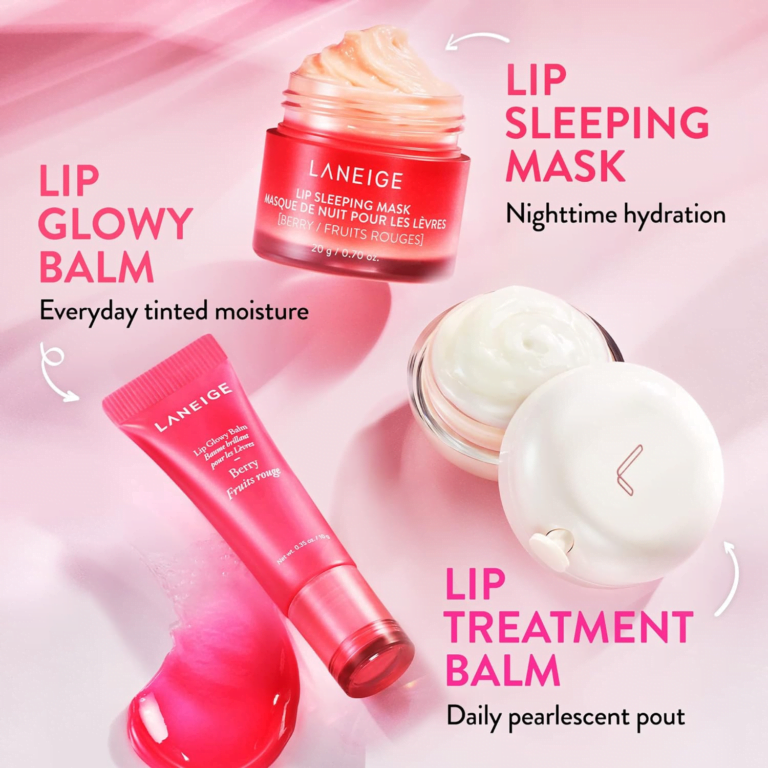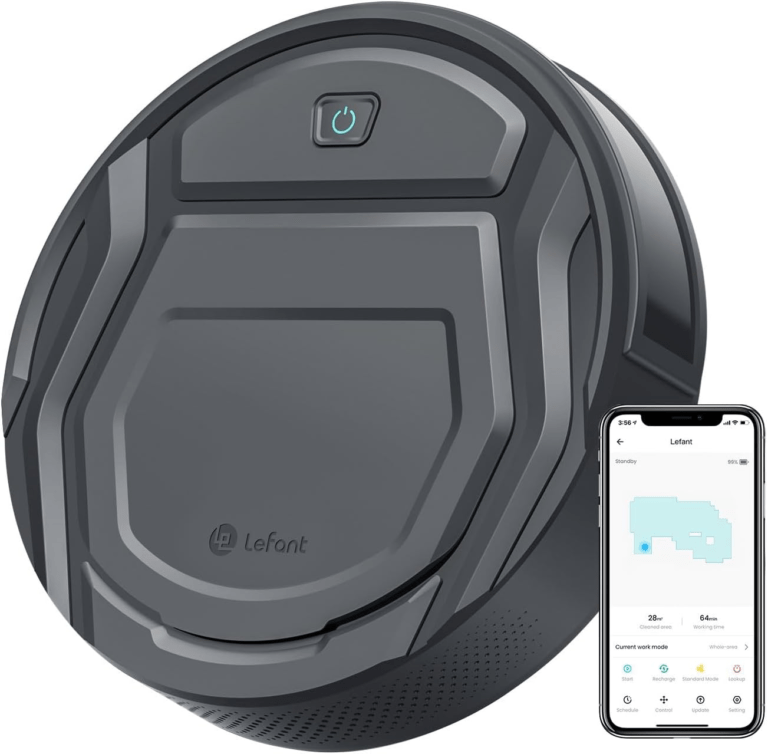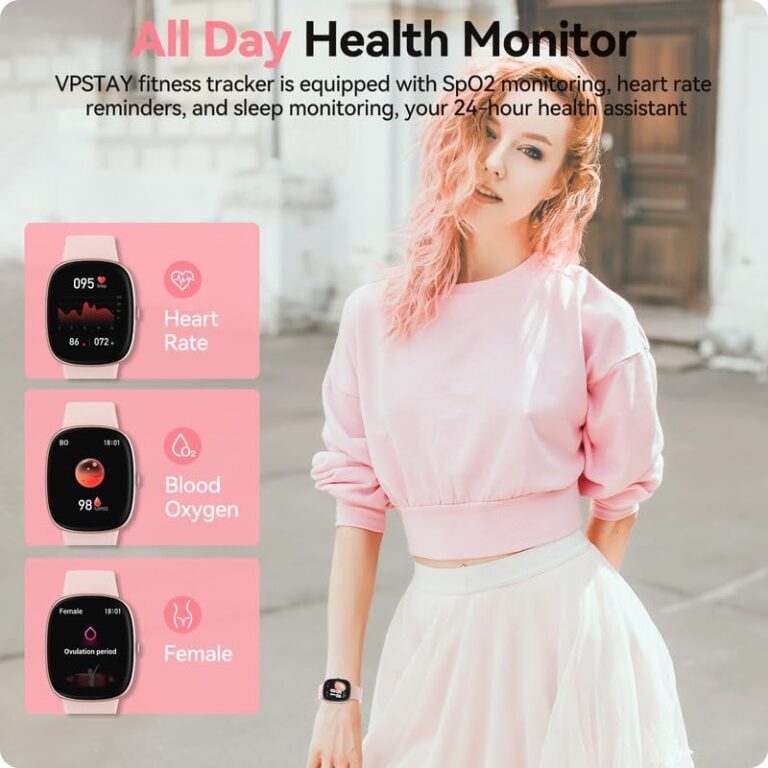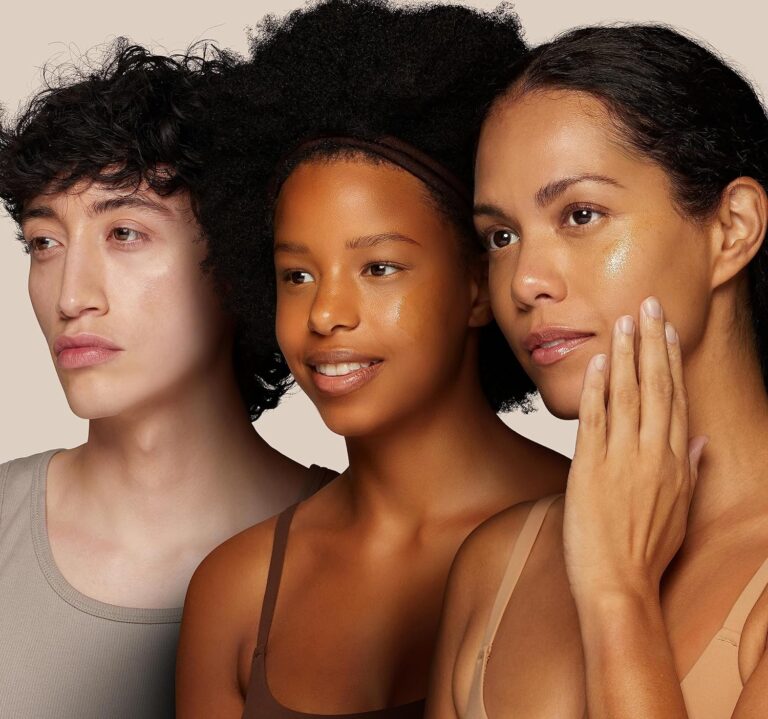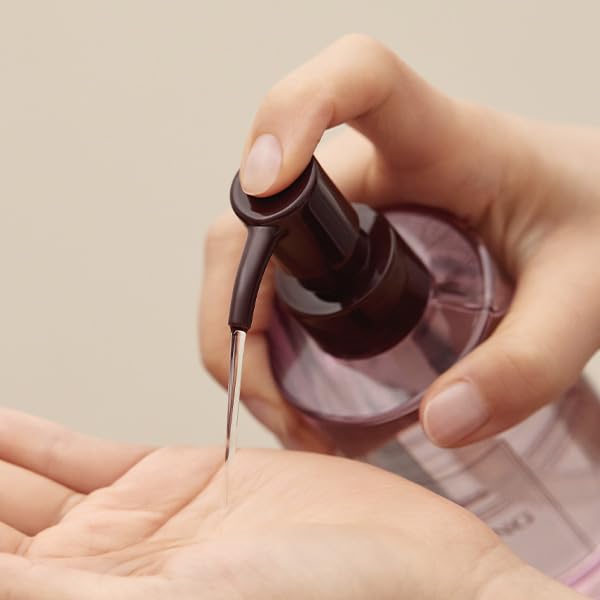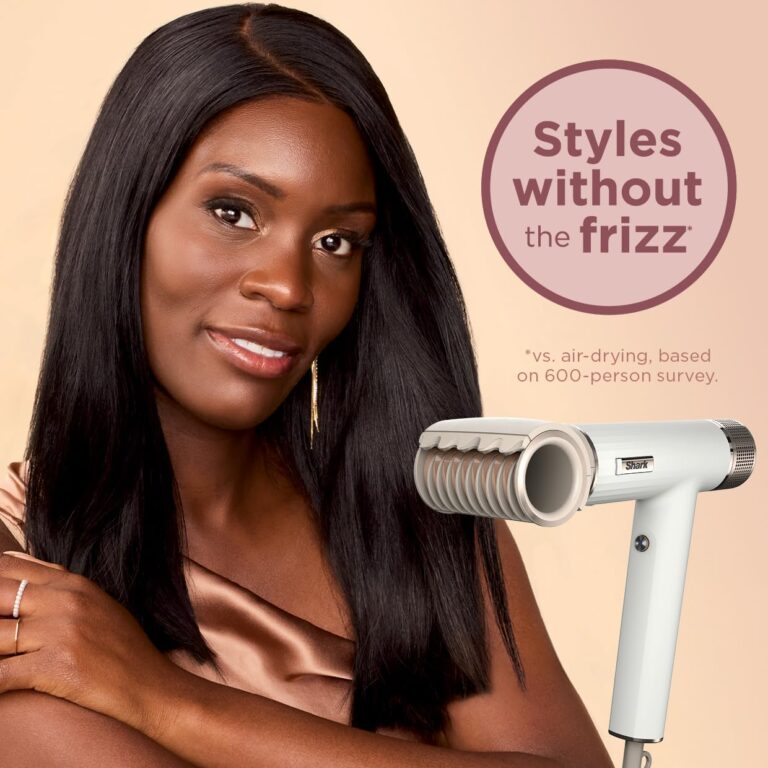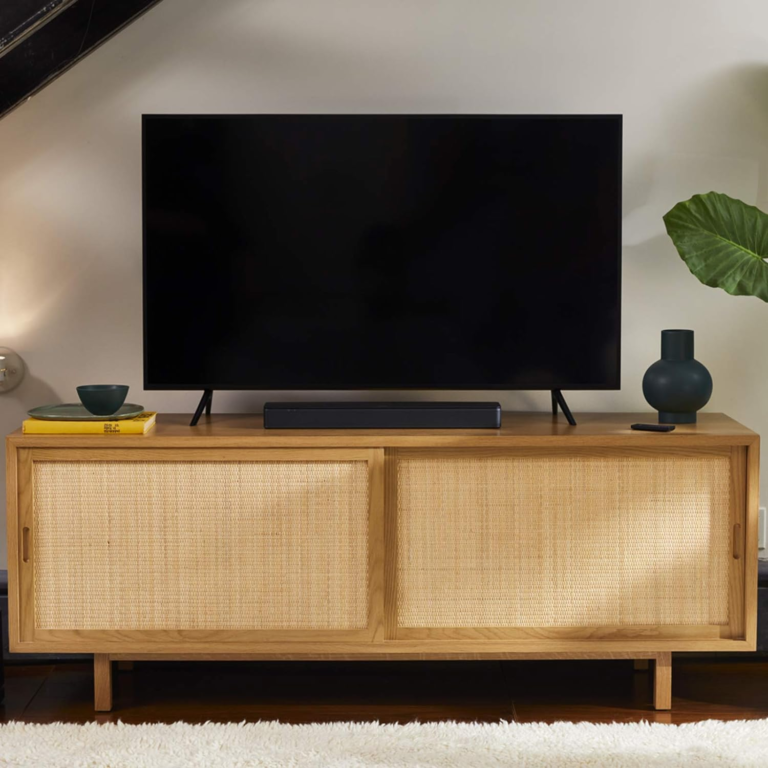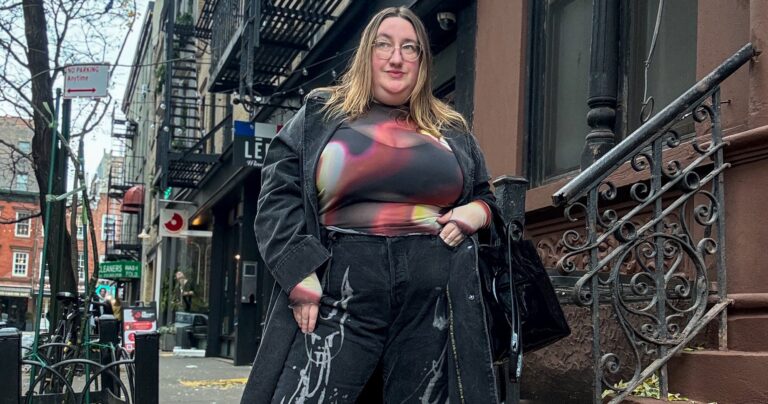Dermatologists in the field of aesthetic medicine are continuously exploring innovative technologies and treatments to address a variety of skincare concerns.

Microneedling, a procedure involving controlled micro-tears in the skin to stimulate collagen and elastin production, has been in practice for some time. However, the integration of RF (radio frequency) has elevated this treatment to new heights.
In this article, we delve into the world of RF microneedling, exploring its definition, its efficacy in addressing skincare concerns, realistic expectations, associated costs, recovery, suitable candidates, and the overall experience of undergoing this treatment.

Understanding RF Microneedling
RF microneedling is an in-office procedure designed to combine two modalities into a single treatment: radiofrequency and microneedling. According to Dr. Adrienne O’Connell, an aesthetics expert and the founder of Laguna Beach Aesthetics, radiofrequency heats the skin to stimulate collagen and elastin production, tightening skin. Simultaneously, the microneedling aspect resurfaces the skin, enhancing overall texture. Devices like Vivace RF, Morpheus8, and VirtueRF integrate both approaches, reducing treatment time and improving overall results.
Conditions Treated by RF Microneedling
The primary goal of RF microneedling is to activate the body’s wound-healing response while encouraging the production of new collagen and elastin. This dual-treatment approach offers a range of anti-aging benefits, including skin tightening, reduction of crepey skin, fewer fine lines and wrinkles, minimization of acne scars, smaller pores, and improved tone and texture.
Ideal Candidates and Exclusions
Individuals seeking mild improvements in skin smoothness, tightness, and overall texture are ideal candidates for RF microneedling. While the treatment is powerful and yields positive results, Dr. Carmen Castilla emphasizes that the changes are subtle rather than transformative. Severe laxity or deep wrinkles may not see significant improvement, warranting a consultation with a board-certified dermatologist or plastic surgeon to determine the suitability of the treatment.
Not suitable candidates include pregnant or breastfeeding individuals, those with active infections, ongoing acne breakouts, or skin irritations. Additionally, expertise is crucial when treating darker skin tones with these devices.

Cost of RF Microneedling
The cost of RF microneedling varies based on the treated area’s size and the number of sessions required. Generally falling between $500 and $2000 per session, the expense may increase for additional areas like the neck, chest, or decolletage. Multiple sessions, usually spaced a month apart, are often necessary to observe results.
The Experience of RF Microneedling
Although not the most pleasant experience, RF microneedling is less invasive than surgery. Providers typically apply a numbing cream beforehand to minimize discomfort. The sensation during the procedure involves a prickling feeling accompanied by heat, intensifying in some areas and as the session progresses. Downtime is minimal, with mild redness and swelling resolving within 24 hours.
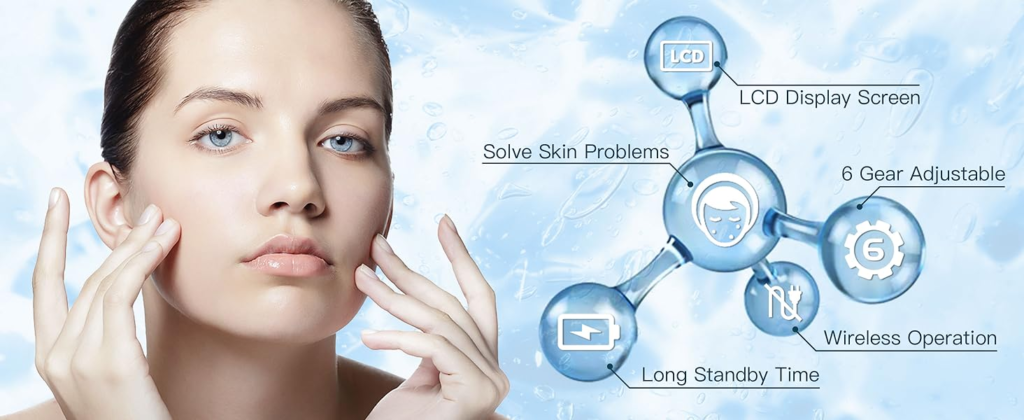
Results and Recovery
Immediate results may include a temporary glow and tightening effect due to post-procedure swelling. However, the full benefits of RF microneedling, driven by the body’s wound-healing response and collagen production, become apparent within three to six months.
In conclusion, RF microneedling represents a cutting-edge approach in aesthetic dermatology, offering a comprehensive solution to various skin concerns with minimal downtime. Understanding the procedure, its outcomes, and associated considerations can help individuals make informed decisions when considering this advanced skincare treatment.
RF microneedling combines radiofrequency and microneedling for a dual-action skin treatment. Heating the skin stimulates collagen and elastin production, resulting in tightened and lifted skin, while microneedling enhances overall texture. Treatments like Vivace RF and Morpheus8 merge these modalities for efficient results. RF microneedling addresses skin concerns such as wrinkles, acne scars, and enlarged pores. Suitable candidates seek mild skin improvements, while pregnant or breastfeeding individuals and those with active skin issues are not recommended. Costs range from $500 to $2000 per session, with optimal results visible within three to six months, offering a minimally invasive option in aesthetic dermatology.






